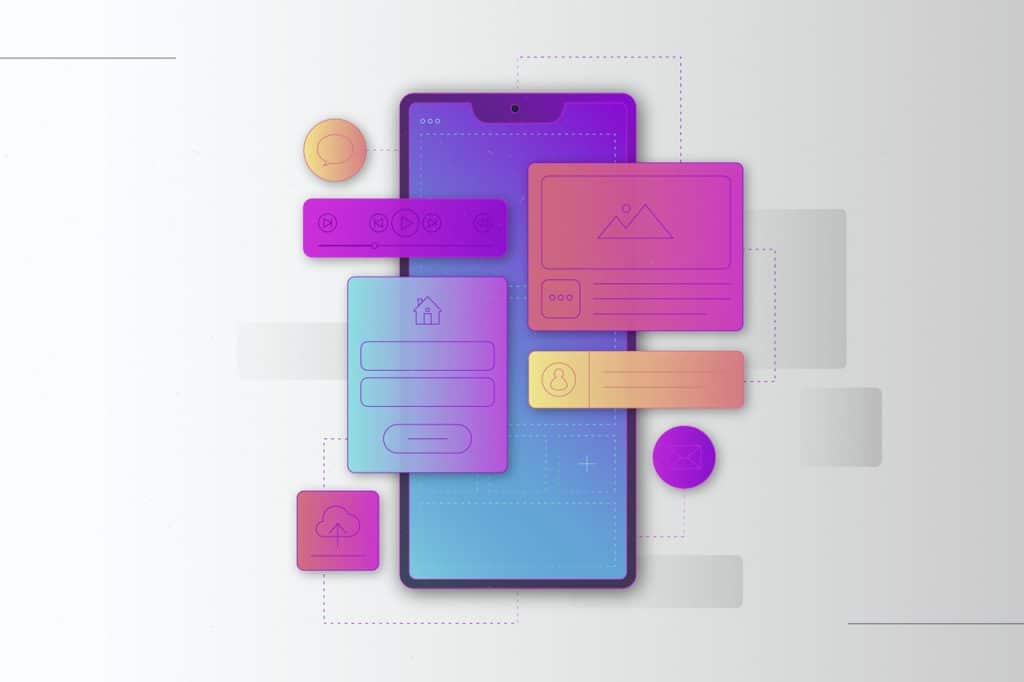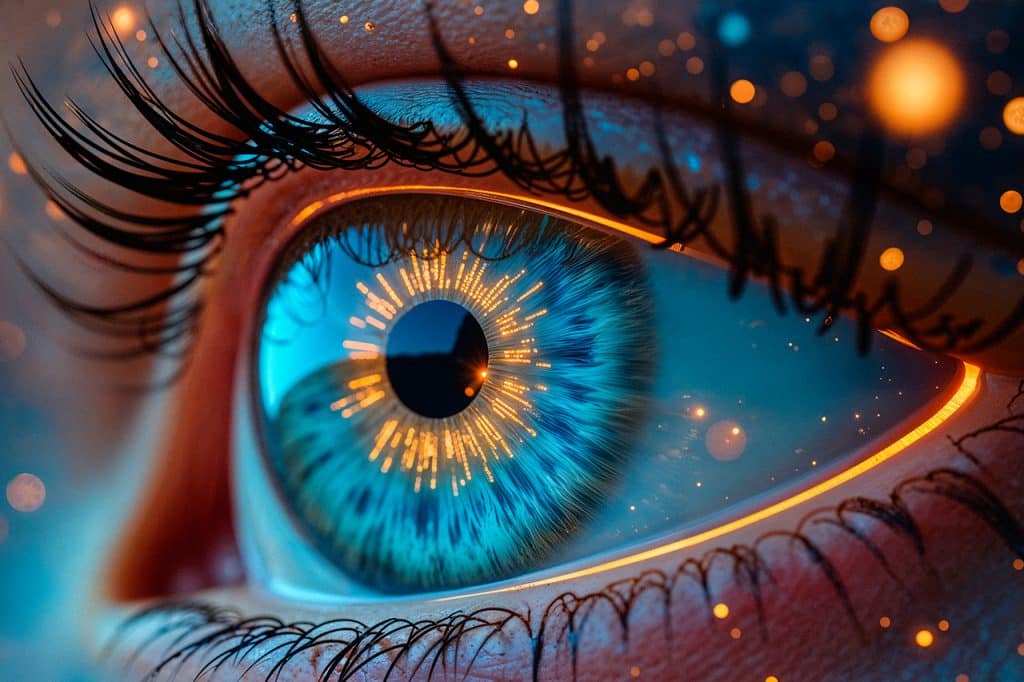In today’s fast-paced digital world, user experience (UX) design has become a cornerstone of product success. It’s no longer enough for a product to work—it must resonate with users, simplify their tasks, and deliver value effortlessly.
Let’s dive into the fundamentals of UX design and explore how it shapes the way users interact with products.
What Is User Experience Design?
UX design is the process of enhancing user satisfaction by improving the usability, accessibility, and pleasure derived from interacting with a product. It focuses on understanding user needs and crafting solutions that provide meaningful and relevant experiences.
Whether it’s a mobile app, a website, or even a physical product, UX design ensures the product is intuitive and enjoyable to use.
Why UX Design Matters
- Drives User Retention: A great UX encourages users to return and engage with your product repeatedly.
- Boosts Brand Loyalty: Memorable experiences build trust and create a loyal user base.
- Improves Conversion Rates: Seamless design reduces friction, making it easier for users to achieve their goals.
Example: Think of how Amazon’s one-click checkout simplifies the purchasing process, enhancing convenience and boosting sales.
The Key Principles of UX Design
1. User-Centered Design
At the heart of UX lies the user. Every decision should be made with the end user in mind.
- Conduct user research to understand their needs and behaviors.
- Create user personas to represent target audiences.
- Design journeys that align with user goals.
Tip: Tools like empathy maps and user stories help designers stay focused on user priorities.
2. Usability
A product’s usability determines how easily users can accomplish their goals.
- Ensure navigation is clear and logical.
- Minimize the number of steps required to complete tasks.
- Test for accessibility to include users of all abilities.
Tip: Perform usability testing with real users to identify pain points.
3. Consistency
Consistency in design builds familiarity, making products easier to use.
- Use standard patterns for UI components like buttons and menus.
- Maintain a consistent style guide for colors, typography, and icons.
- Align interactions across devices for seamless cross-platform experiences.
Example: Google’s suite of products (Docs, Sheets, Slides) offers a consistent interface, reducing the learning curve for users.
4. Feedback and Responsiveness
Users need to know that their actions have been acknowledged.
- Provide immediate feedback through animations, messages, or progress indicators.
- Use error messages that are clear, actionable, and friendly.
- Design for responsive experiences across all screen sizes.
Example: A progress bar during file uploads informs users about task completion status.
5. Iteration and Testing
UX design is an ongoing process. Iteration allows designers to refine products based on feedback.
- Conduct A/B testing to compare design variations.
- Use analytics to track user behavior and identify improvement areas.
- Continuously update designs to meet evolving user expectations.
Tip: Tools like Hotjar and Google Analytics provide valuable user insights.
The Role of UX in Digital Transformation
In the age of digital transformation, businesses are leveraging UX design to stay competitive:
- E-commerce: Optimized checkout flows for frictionless shopping.
- Healthcare: Intuitive apps for scheduling appointments and managing health records.
- Education: User-friendly platforms for online learning and collaboration.
Emerging Trends in UX Design
- Voice and Conversational Interfaces: Designing for voice commands and chatbots.
- Augmented and Virtual Reality (AR/VR): Immersive experiences for gaming, shopping, and education.
- Personalization: Tailoring experiences based on user data and preferences.
- Sustainability in UX: Designing products that encourage sustainable behaviors.
Final Thoughts
User experience design is about more than just creating visually appealing interfaces—it’s about understanding users, solving their problems, and creating meaningful interactions.
The best UX designs are invisible, guiding users effortlessly to their goals while making the journey enjoyable.
As UX designers, our mission is to put people first, using creativity, empathy, and data to craft experiences that not only meet but exceed expectations.


